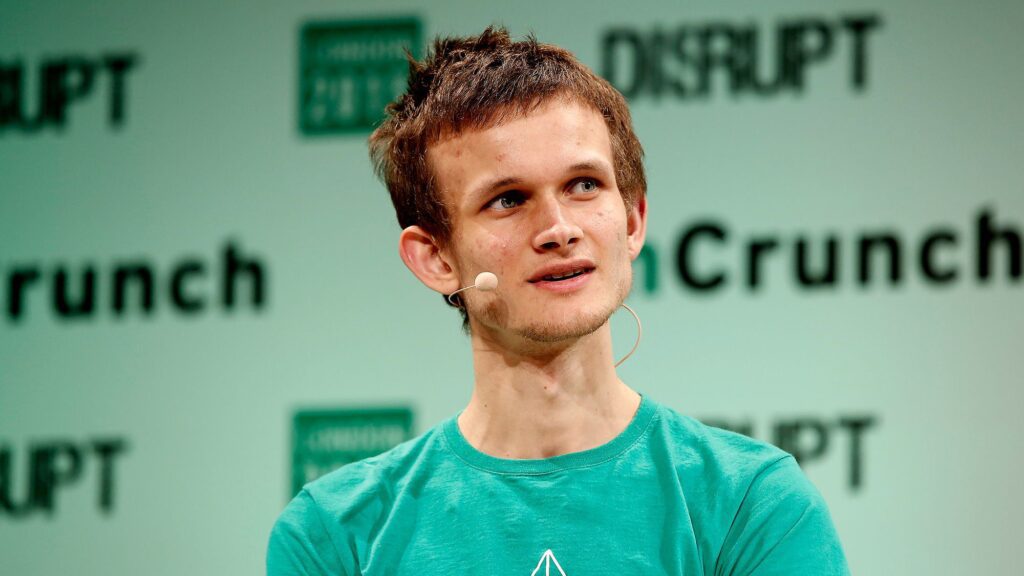Restaking is emerging as a revolutionary concept in the Ethereum blockchain, the world’s second most extensive blockchain network. The idea behind restaking is simple yet profound—why build a separate security infrastructure for your blockchain project when you can leverage the existing security guaranteed by the staked Ether (ETH) tokens on the Ethereum blockchain? In this article, we delve into this novel concept, introduced by EigenLayer, and why it has Ethereum co-founder Vitalik Buterin expressing reservations.
Restaking: The New Frontier
Restaking allows ETH tokens, initially staked on the Ethereum blockchain for security, to be repurposed and reused for securing smaller networks and blockchain applications. The process aims to lower the entry barriers for blockchain developers, eliminating the need to amass their validators and staked tokens to secure their new networks.
Earning Potentials for Stakers
For Ethereum investors and users—collectively staking 23.4 million ETH, valued at $43 billion—restaking presents an attractive proposition. It opens the door for these stakers to potentially earn additional income by restaking their tokens in new projects beyond the Ethereum blockchain.
EigenLayer: The Pioneer of Restaking
EigenLayer, initiated in 2021 by University of Washington’s Sreeram Kannan, is at the forefront of this innovation. After raising $50 million in a Series A round, EigenLayer launched its Stage 1 protocol on the Ethereum main network, post its two-month testing phase. The protocol aims to democratize blockchain project development, bypassing the traditionally high entry barrier of establishing a unique trust network.
Buterin’s Concern: A Split in Consensus?
The risk of ‘slashing’—penalties against staked deposits—is inherent in restaking, and this could lead to potential conflicts of interest, threatening the consensus on Ethereum. In a May 2023 blog post, Buterin flagged this issue, advocating for preserving Ethereum’s ‘minimalistic’ nature and cautiously approaching restaking initiatives.
How Restaking Operates
EigenLayer’s approach to restaking is about extending Ethereum’s decentralized security mechanism to other systems. Their Stage 1 launch supports liquid staking of various forms of staked ETH, creating a marketplace where protocols can purchase pooled security from validators, and vice versa.
Emerging Applications and Future Outlook
EigenLayer has unveiled ambitious plans, including developing EigenDA—a cost-efficient protocol that enables layer 2 networks and light clients to validate transaction data with minimal data downloads. It aims to offer data availability services for Layer 2 scaling solutions like Celo and Mantle, in collaboration with other crypto ecosystem players like Espresso Systems and Nethermind.
Following Buterin’s candid feedback, discussions around EigenLayer and restaking have shifted towards risk management and alignment with Ethereum’s long-term vision. As the crypto space continues to evolve, the delicate balance between innovation and risk remains a central theme.












